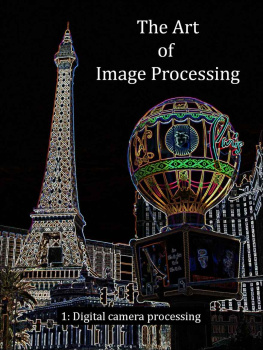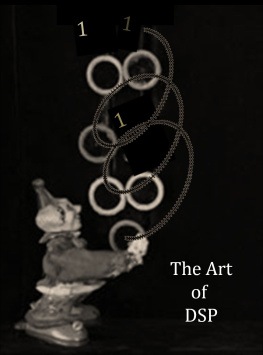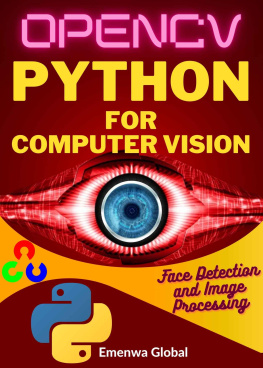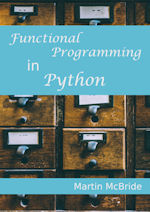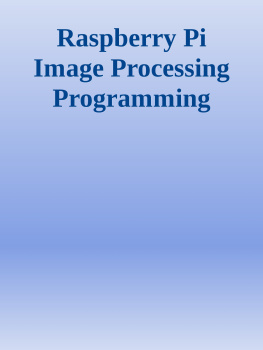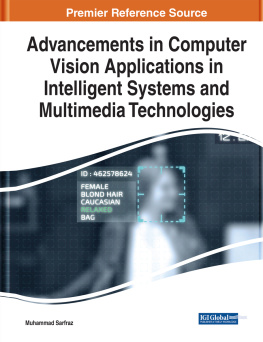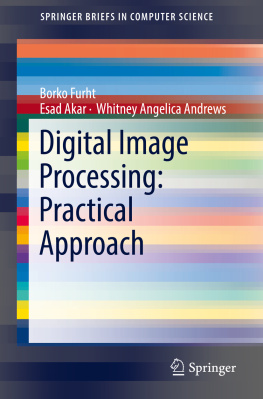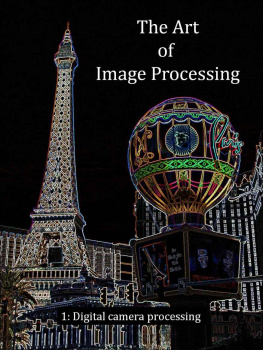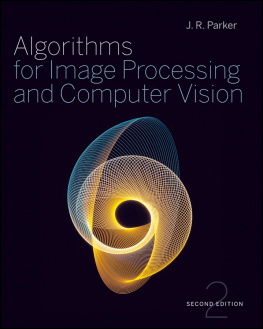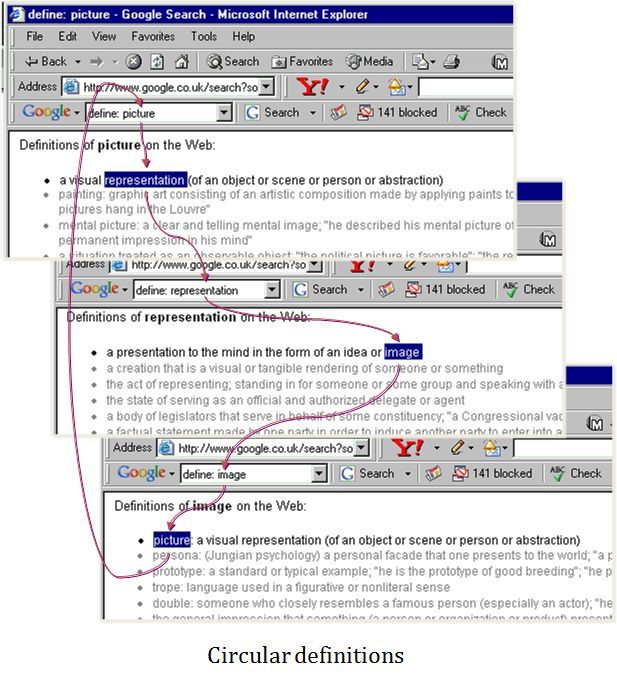Chris Bore - The Art of Image Processing: Digital camera processing
Here you can read online Chris Bore - The Art of Image Processing: Digital camera processing full text of the book (entire story) in english for free. Download pdf and epub, get meaning, cover and reviews about this ebook. year: 2014, publisher: BORES Signal Processing, genre: Art. Description of the work, (preface) as well as reviews are available. Best literature library LitArk.com created for fans of good reading and offers a wide selection of genres:
Romance novel
Science fiction
Adventure
Detective
Science
History
Home and family
Prose
Art
Politics
Computer
Non-fiction
Religion
Business
Children
Humor
Choose a favorite category and find really read worthwhile books. Enjoy immersion in the world of imagination, feel the emotions of the characters or learn something new for yourself, make an fascinating discovery.
- Book:The Art of Image Processing: Digital camera processing
- Author:
- Publisher:BORES Signal Processing
- Genre:
- Year:2014
- Rating:5 / 5
- Favourites:Add to favourites
- Your mark:
The Art of Image Processing: Digital camera processing: summary, description and annotation
We offer to read an annotation, description, summary or preface (depends on what the author of the book "The Art of Image Processing: Digital camera processing" wrote himself). If you haven't found the necessary information about the book — write in the comments, we will try to find it.
It is the first in a short series. This one discusses image processing for photographs. It explains how digital cameras work, and the basic processing that leads to a pleasing image being displayed for viewing.
Digital camera, photo processing and display technology have their base in the realistic painting of the Renaissance, the later exploration of color and shade by the Impressionists, and investigations into the science of human vision late in the Age of Enlightenment. These origins tend to be obscured by the technical detail but they are encoded into the standards and the processing tools and technology. In this book I relate these artistic and scientific origins to the modern technology that has developed from them.
Renaissance realism was concerned with rendering scenes that could be seen - things that you could have looked at, captured with the aim of being viewed. Leonardo da Vinci described realistic painting as:
a subtle invention, which with philosophical and subtle speculation considers all manner of forms: sea, land, trees, animals, grasses, flowers, all of which are enveloped in light and shade
and this book focuses on image processing whose aim is to produce a pleasing picture that is obviously of some thing.
I have deliberately avoided a mathematical treatment and left the topic of compression - which is unavoidably mathematical - to two later books. As with other books in the Art of titles, this eBook written specifically for the Amazon Kindle is meant to be read as you would a novel: starting at the beginning, reading through in sequence, following the narrative. Not stopping to make notes, nor working through exercises or assignments, just reading it for enjoyment and to gain a first understanding of the subject.
The highly visual and colorful nature of the subject means you will gain much more from viewing this book on a Kindle viewer that supports color.
There are two other books in this series:
Still image compression
Digital video compression
and one companion book about the related topic of Digital Signal Processing:
The Art of DSP
Chris Bore: author's other books
Who wrote The Art of Image Processing: Digital camera processing? Find out the surname, the name of the author of the book and a list of all author's works by series.

